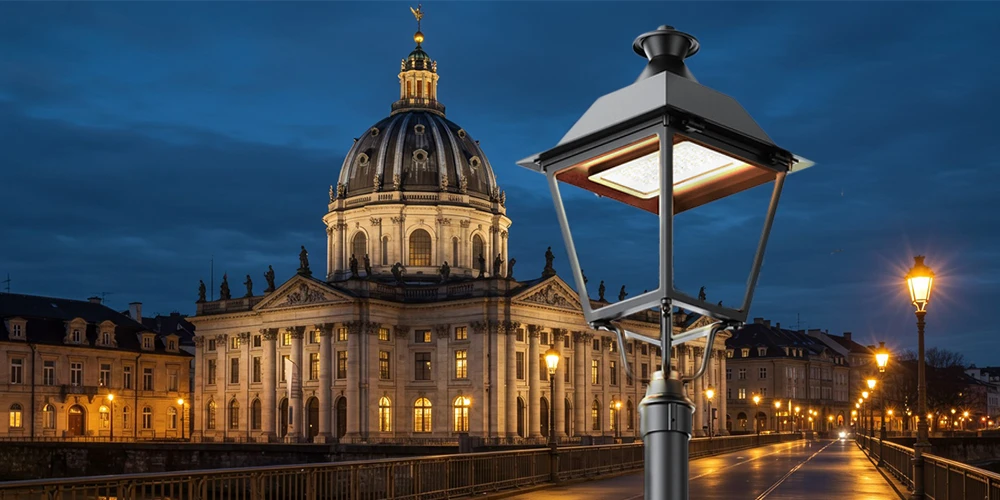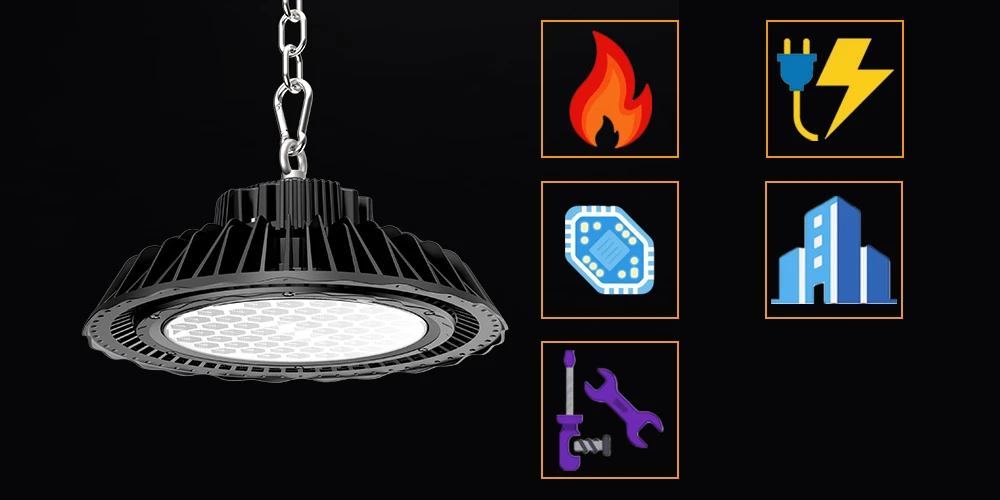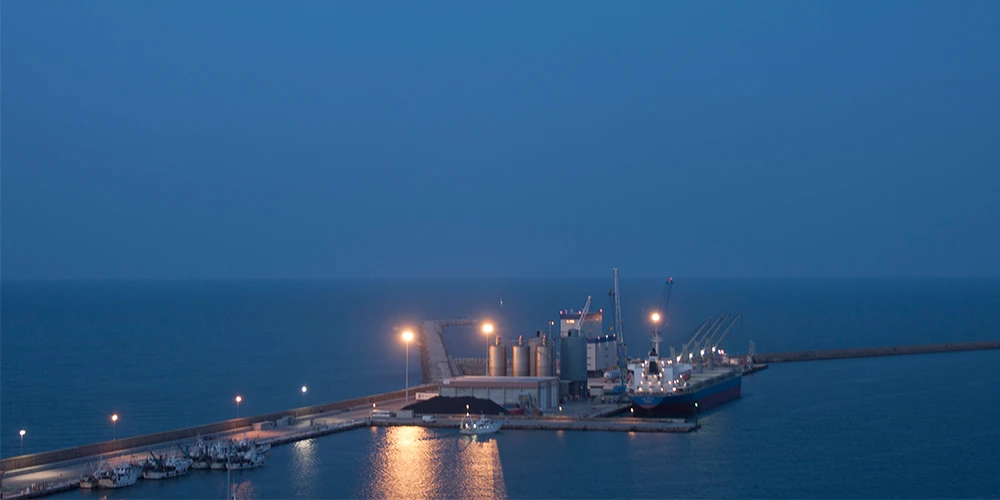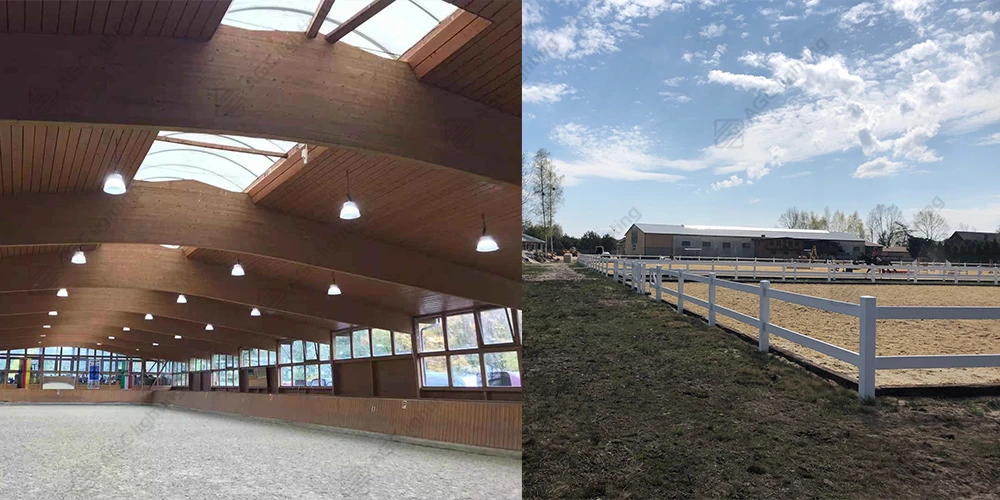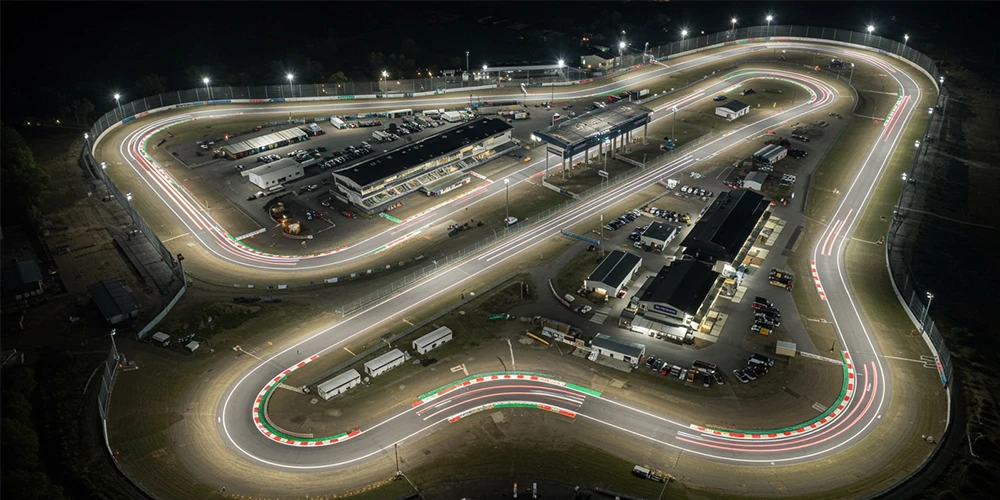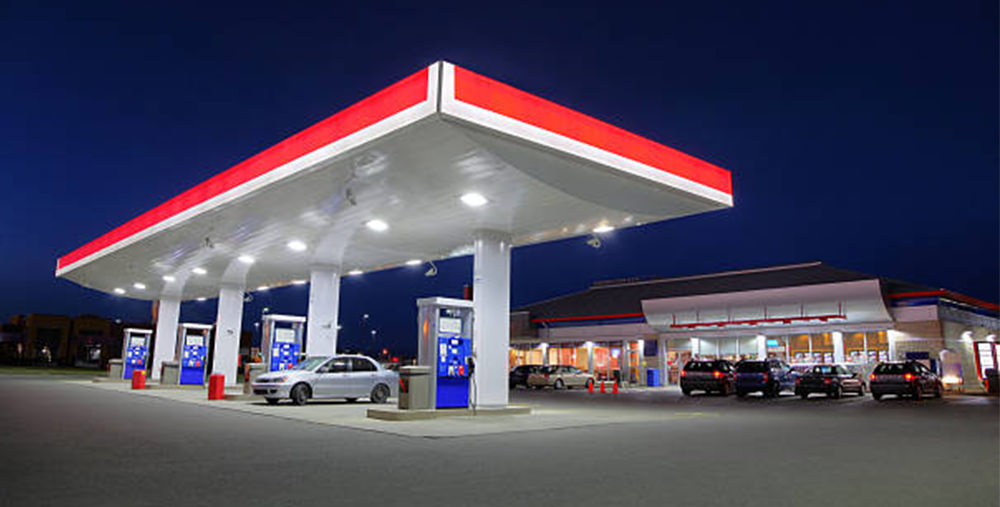
Gas station lighting projects require careful consideration of several key factors to ensure optimal safety, functionality, and visual appeal. This article will explore the crucial factors to consider when planning and implementing lighting projects for gas stations.
1. Safety and Compliance
Safety should be the top priority in gas station lighting projects. Compliance with relevant safety regulations and standards is essential for minimizing risks. Consideration should be given to adequate lighting levels and the proper placement of lighting fixtures to ensure a safe environment for customers and employees.
2. Illumination and Visibility
Proper illumination is critical for ensuring optimal visibility at gas stations. The lighting should be evenly distributed throughout the entire station, including the fueling islands, canopies, walkways, and parking areas. Pay attention to lighting levels, uniformity, and glare reduction to enhance visibility and reduce the risk of accidents. Avoid installing fixtures on the top or sides of the canopy, and refrain from illuminating the sides of the canopy.
3. Energy Efficiency and Sustainability
Energy efficiency is not only environmentally responsible but also helps reduce operational costs. Opt for energy-efficient lighting solutions such as LED canopy lights, which consume less electricity while providing bright illumination. To optimize energy usage, incorporate lighting control systems, timers, or motion sensors. Consider motion-sensing activation for canopy lights, where the lamps are activated only when motion is detected.
4. Lighting Design and Aesthetics
A well-designed lighting layout can enhance the aesthetics of a gas station, creating a visually appealing environment. Consider the architectural features of the station, branding elements, and signage visibility when planning the lighting design. Properly placed and well-designed lighting fixtures can contribute to a positive customer experience and brand image.
5. Durability and Maintenance
Gas stations operate around the clock, making durability and maintenance requirements critical factors. Choose lighting fixtures designed for outdoor use that are resistant to weather conditions, and have a long lifespan. This will reduce the frequency of maintenance and replacements, minimizing disruptions to station operations.
6. Lighting Controls and Flexibility
Incorporating lighting controls provides flexibility in adjusting lighting levels based on different needs and times of the day. Dimming or programmable lighting systems allow for energy savings during off-peak hours while maintaining adequate illumination. Consider integrating smart lighting controls for remote monitoring and control of the lighting system.
7. Environmental Considerations
Gas station lighting projects should take environmental factors into account. Minimize light pollution and trespass by utilizing proper shielding and directing light where it is needed. Choose lighting fixtures with minimal light spillage and consider the impacts on neighboring properties and surrounding wildlife.
Designing and implementing effective lighting projects for gas stations involves considering several key factors. Safety, proper illumination, energy efficiency, durability, aesthetics, and environmental considerations should all be addressed. By carefully planning and selecting the right lighting solutions, gas station owners can create a safe, visually appealing, and sustainable environment that enhances both the customer experience and operational efficiency.



